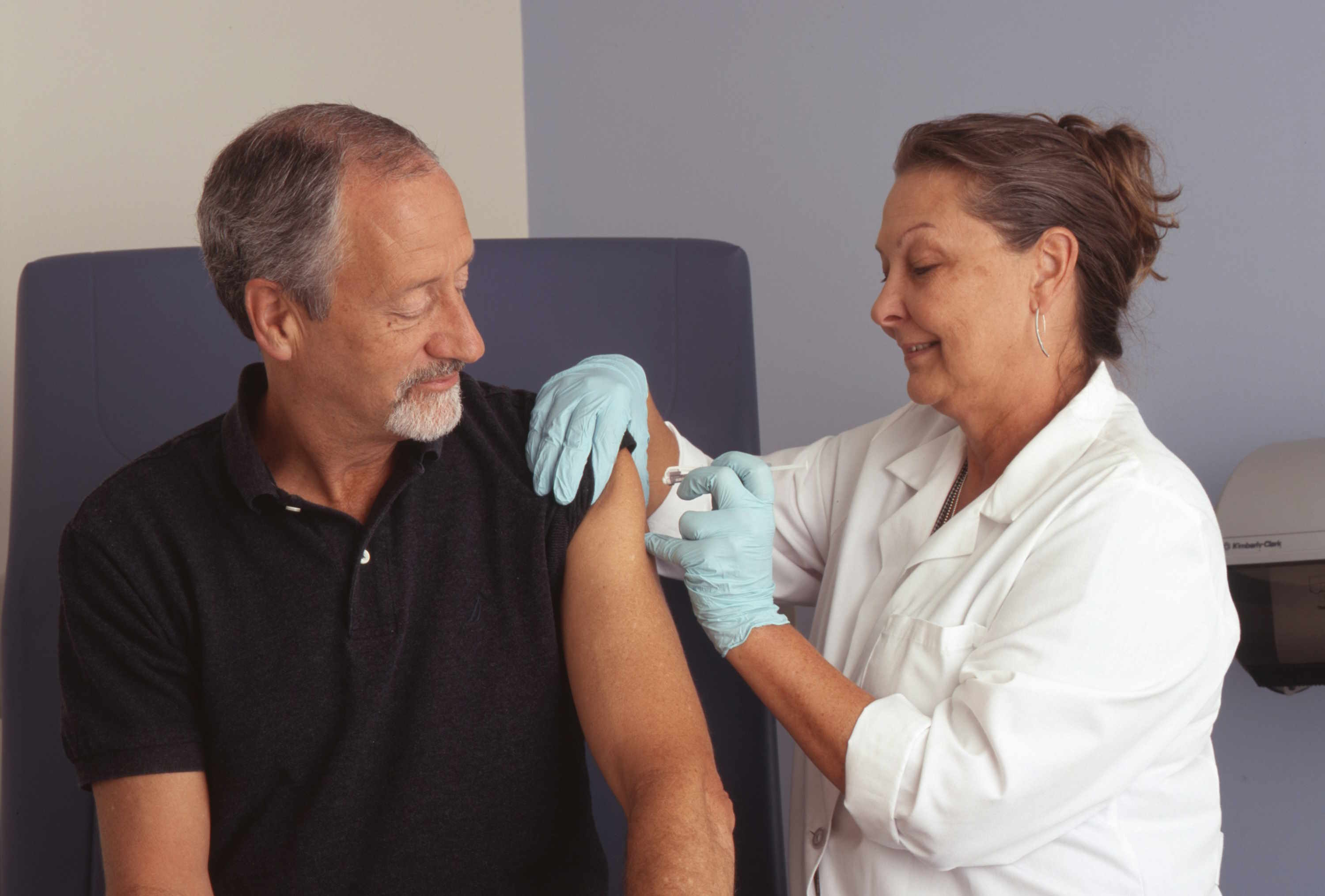Understanding Prostate Cancer Treatment: Comprehensive Options and Approaches
Prostate cancer is a significant health concern for men worldwide, affecting millions each year. As medical science advances, treatment options for this common form of cancer continue to evolve, offering hope and improved outcomes for patients. This article delves into the various treatment approaches available for prostate cancer, exploring the latest medical innovations and standard care practices.

What are the primary treatment options for prostate cancer?
The main treatment options for prostate cancer include:
-
Active Surveillance: For low-risk, slow-growing cancers, doctors may recommend closely monitoring the cancer without immediate intervention.
-
Surgery: Radical prostatectomy involves removing the entire prostate gland and some surrounding tissue.
-
Radiation Therapy: This can be delivered externally (external beam radiation) or internally (brachytherapy).
-
Hormone Therapy: Also known as androgen deprivation therapy, this treatment reduces testosterone levels to slow cancer growth.
-
Chemotherapy: Used primarily for advanced or metastatic prostate cancer.
-
Immunotherapy: Enhances the body’s immune system to fight cancer cells.
-
Targeted Therapy: Uses drugs to target specific genetic changes in cancer cells.
The choice of treatment depends on various factors, including cancer stage, patient health, and potential side effects.
How effective is surgery for treating prostate cancer?
Radical prostatectomy is a common and often effective treatment for localized prostate cancer. This surgical procedure aims to remove all cancerous tissue by extracting the entire prostate gland and some surrounding tissues. With advancements in surgical techniques, including robotic-assisted surgery, outcomes have improved significantly in recent years.
The effectiveness of surgery varies depending on the cancer’s stage and the skill of the surgeon. For localized prostate cancer, surgery can be curative in many cases. However, it’s important to note that like all treatments, surgery carries risks, including potential urinary incontinence and erectile dysfunction. Recovery time and the impact on quality of life are also important considerations when opting for surgical intervention.
What role does radiation therapy play in prostate cancer treatment?
Radiation therapy is another cornerstone in prostate cancer treatment, offering a non-invasive option for many patients. It can be used as a primary treatment for localized prostate cancer or in combination with other therapies for more advanced cases. There are two main types of radiation therapy:
-
External Beam Radiation Therapy (EBRT): This involves directing high-energy X-rays at the prostate from outside the body. Modern techniques like intensity-modulated radiation therapy (IMRT) and proton beam therapy allow for more precise targeting of cancer cells while minimizing damage to surrounding healthy tissue.
-
Brachytherapy: This internal radiation therapy involves placing small radioactive seeds directly into the prostate gland. It can be used alone for early-stage cancers or in combination with external radiation for more advanced cases.
Radiation therapy can be as effective as surgery for many prostate cancers, especially when used in early stages. It’s often chosen by patients who wish to avoid surgery or are not good surgical candidates due to other health issues.
How are hormone therapy and other systemic treatments used?
Hormone therapy, also known as androgen deprivation therapy (ADT), plays a crucial role in treating prostate cancer, especially in more advanced stages. This treatment works by reducing testosterone levels in the body, as prostate cancer cells often rely on this hormone for growth. Hormone therapy can be administered through injections, oral medications, or surgical removal of the testicles (orchiectomy).
Other systemic treatments include:
-
Chemotherapy: Used primarily for metastatic prostate cancer, chemotherapy drugs kill rapidly dividing cells throughout the body.
-
Immunotherapy: Treatments like Sipuleucel-T stimulate the patient’s immune system to target cancer cells.
-
Targeted Therapy: Newer drugs target specific molecular pathways in cancer cells, offering more precise treatment options.
These systemic treatments are often used in combination or sequentially, depending on the cancer’s stage and response to initial therapies.
What are the latest innovations in prostate cancer treatment?
Recent years have seen significant advancements in prostate cancer treatment, offering new hope for patients with various stages of the disease. Some notable innovations include:
-
Focal Therapy: Techniques like high-intensity focused ultrasound (HIFU) and cryotherapy allow for targeted treatment of specific areas within the prostate, potentially reducing side effects.
-
Genomic Testing: Advanced genetic profiling of tumors helps in more precise treatment selection and prognosis prediction.
-
PSMA-Targeted Therapies: Prostate-specific membrane antigen (PSMA) targeted treatments, including radioligand therapy, offer new options for advanced prostate cancer.
-
Artificial Intelligence in Diagnosis: AI-assisted imaging analysis is improving the accuracy of prostate cancer detection and staging.
-
Combination Therapies: Novel approaches combining different treatment modalities are showing promise in improving outcomes, especially for advanced cases.
These innovations are expanding the toolkit available to oncologists and urologists, allowing for more personalized and effective treatment strategies.
In conclusion, prostate cancer treatment has evolved significantly, offering a range of options tailored to individual patient needs. From active surveillance for low-risk cancers to cutting-edge targeted therapies for advanced disease, the field continues to progress. As research advances, the future holds promise for even more effective and less invasive treatment options, improving outcomes and quality of life for prostate cancer patients worldwide.
This article is for informational purposes only and should not be considered medical advice. Please consult a qualified healthcare professional for personalized guidance and treatment.






